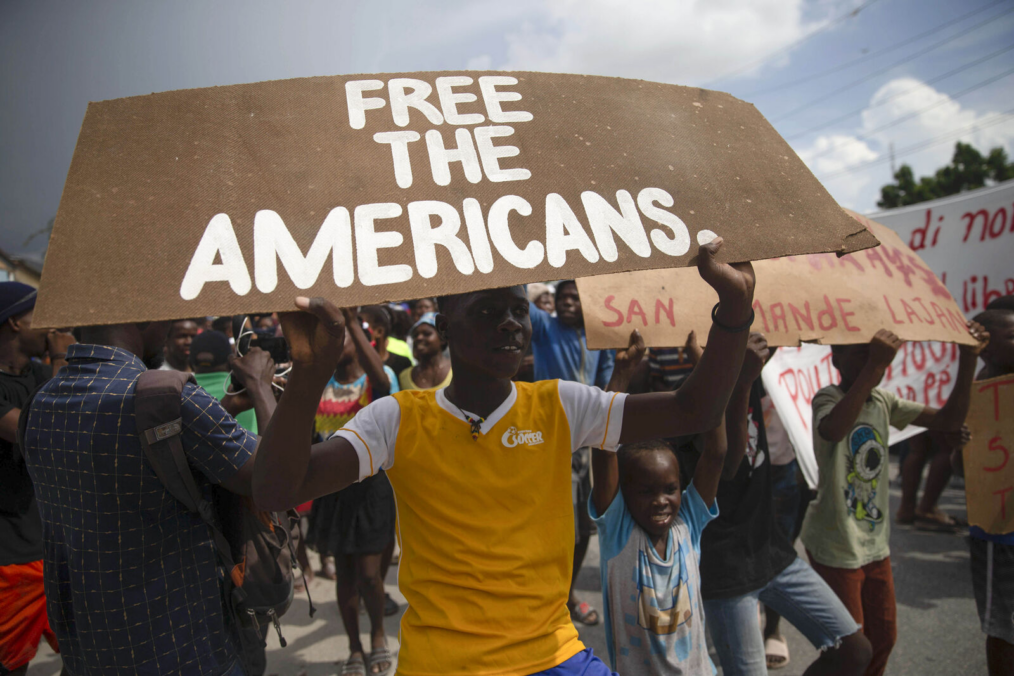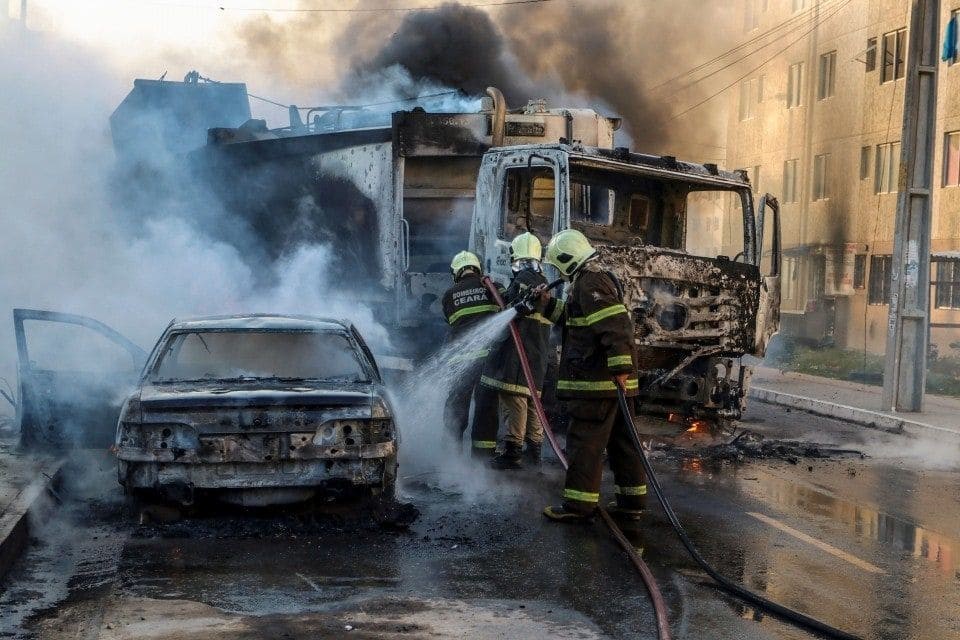On January 14, 2021, the U.S. government accused 14 leaders of the criminal gang Mara Salvatrucha (MS13) of terrorism. The decision of the American judicial branch resembles the 2015 ruling of El Salvador’s Supreme Court, which also classified the MS13 as a terrorist group.
The decision to categorize MS13 as a terrorist organization opens the debate on how to confront these criminal organizations and what should be the means used for to confront them.
What is the Mara Salvatrucha?
The Mara Salvatrucha, also known as MS13, originated in the late 1970s and early 1980s in California, where young people and adolescents from El Salvador formed a gang. In the mid-1980s, more Salvadorans joined the gang, morphing it into a criminal organization, operating in cities such as Los Angeles and rivaling other criminal groups.
However, MS13’s biggest rival is the Latino gang Barrio 18. The war waged between MS13 and Barrio 18 has left hundreds of people dead throughout the region.
Eventually, in the 1990s, hundreds of gang members were deported to Central America. In fact, 31,000 criminals were deported, of whom 12,000 were deported to El Salvador, a country riddled with economic and social difficulties. The deported MS13 gang members took advantage of the country’s situation and recruited hundreds of young people, expanding and increasing their territorial control.
Some of the criminal activities of the MS13 include drug sales, extortion, arms sales, kidnapping, robbery, and commissioned killings. In addition, various investigations have identified links between the MS13 and Mexican drug cartels. Collaboration between these criminal structures translates into alliances facilitating drug and arms trafficking in Central America.
Is MS13 a Terrorist Group?
In 2015, El Salvador’s Supreme Court established that maras are considered terrorist groups, especially the MS13 and the Barrio 18 gang.
The court ruling established that a terrorist is defined as anyone who uses means and methods to generate collective terror, affect personal or material legal assets, and cause potential damage to the democratic system or the security of the state. Thus, the Court indicated that the MS13 meets these conditions and therefore can be considered a terrorist group.
El Salvador’s Supreme Court ruling was intended to generate greater sanctions against MS13 gang members and reduce violence in the country.
However, the court’s decision was criticized for a few shortcomings and ambiguities. Some analysts point out that gangs are not necessarily terrorist groups, but that they do use acts that generate terror. In addition, the ambiguity of the law may cause human rights violations, the penalization of social protests, and the interpretation that arbitrary acts are committed in the name of the fight against terrorism.
Years later, a similar court ruling within the United States was made. On January 14, 2021, 13 of MS13’s leaders were indicted on terrorism charges and imprisoned in El Salvador on behalf of the Eastern District of New York. After that decision, the MS13 is considered as an organization at the same threat level as the Mexican cartels or the Colombian guerrillas.
The MS13 leaders were charged with conspiracy to lend and conceal material support to terrorists, conspiracy to commit acts of terrorism that transcend national borders, conspiracy to finance terrorism, and conspiracy of narco-terrorism in El Salvador, the United States, and Mexico.
Again, the decision was made in order to use more powerful legal instruments against gangs. However, it is also noteworthy that terrorism charges have been brought against members of an organization that has not yet been classified as a terrorist group by the State Department, which can be problematic for the judicial system.
How to Classify and Deal with MS13?
To this day, the question about how MS13 should be classified and how it should be sanctioned is debated. Their classification as terrorists offers valuable legal tools for fighting these gangs. However, various analysts have pointed out the risks that this entails.
Therefore, it is important to reflect on how to combat MS13 in a comprehensive manner. It is necessary to understand the causes of the group’s birth and evolution, such as the socioeconomic context of the members they recruit and the economic, political, and social situation of the countries they operate within. With this knowledge, more effective public policy solutions can be identified to prevent new people from joining MS13, reintegrate previous and current members into society, and improve the living conditions of vulnerable children and teenagers.
Daniel Felipe Ruiz Rozo, Counter-Terrorism Research Fellow




